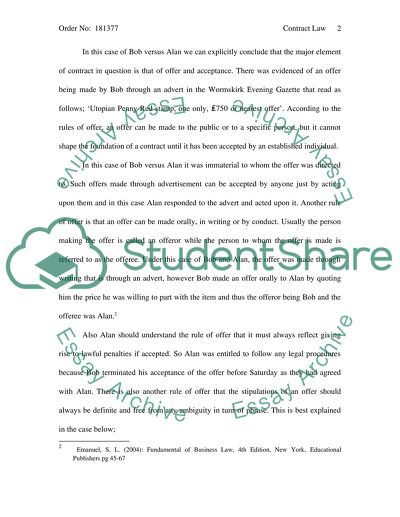Cite this document
(Elements that Make a Contract to Be Valid Case Study - 3, n.d.)
Elements that Make a Contract to Be Valid Case Study - 3. Retrieved from https://studentshare.org/law/1541885-contract-law
Elements that Make a Contract to Be Valid Case Study - 3. Retrieved from https://studentshare.org/law/1541885-contract-law
(Elements That Make a Contract to Be Valid Case Study - 3)
Elements That Make a Contract to Be Valid Case Study - 3. https://studentshare.org/law/1541885-contract-law.
Elements That Make a Contract to Be Valid Case Study - 3. https://studentshare.org/law/1541885-contract-law.
“Elements That Make a Contract to Be Valid Case Study - 3”. https://studentshare.org/law/1541885-contract-law.


